The Art of Service – Logistics Organization Toolkit
$249 Original price was: $249.$59Current price is: $59.
The Art of Service – Logistics Organization Toolkit
Product Delivery : You will receive a receipt with download link through email
The Art of Service – Logistics Organization Toolkit
Save time, empower your teams and effectively upgrade your processes with access to this practical Logistics Organization Toolkit and guide. Address common challenges with best-practice templates, step-by-step work plans and maturity diagnostics for any Logistics Organization related project.
Download the Toolkit and in Three Steps you will be guided from idea to implementation results.
The Toolkit contains the following practical and powerful enablers with new and updated Logistics Organization specific requirements:
STEP 1: Get your bearings
Start with…
The latest quick edition of the Logistics Organization Self Assessment book in PDF containing 49 requirements to perform a quickscan, get an overview and share with stakeholders.
Organized in a data driven improvement cycle RDMAICS (Recognize, Define, Measure, Analyze, Improve, Control and Sustain), check the…
Example pre-filled Self-Assessment Excel Dashboard to get familiar with results generation
Then find your goals…
STEP 2: Set concrete goals, tasks, dates and numbers you can track
Featuring 949 new and updated case-based questions, organized into seven core areas of process design, this Self-Assessment will help you identify areas in which Logistics Organization improvements can be made.
Examples; 10 of the 949 standard requirements:
What are the cost implications of attempting to specify the impact of logistics operations on the value of the customers organization as well as on the value of suppliers own stock price?
Are your product supply, operations, transport and logistics, government affairs, investor relations, corporate responsibility, and regional departments aware of impacts?
Have you worked with your logistics vendors and/or your in-house logistics and transportation team to explore how autonomous freight transport could affect your business?
Does your organization have an attractive Employer Value Proposition, a strong argument why the types of candidates you need should choose to work for your organization?
Do you carry out your in-house transport with your organization or leased forklift fleet and do you know its layout-specific movement pattern and degree of utilisation?
Apart from the leading logistics providers that implement specific Big Data opportunities, how will the entire logistics sector transform into a data-driven industry?
Data logistics is concerned with the time related positioning of data resources. How can you arrange things so that the data you have will be there when you need it?
Are you counseling the employee about the logistics and practicalities of specific work options, helping to ensure proposals are reasonable, logical and workable?
Are sufficient supplies and equipment in place; has a program for sustainability and resupply been established; is a single integrated logistics system required?
If your organization participates in a supply chain management or logistics strategy, what do you believe is the major reason(s) for establishing this strategy?
Complete the self assessment, on your own or with a team in a workshop setting. Use the workbook together with the self assessment requirements spreadsheet:
The workbook is the latest in-depth complete edition of the Logistics Organization book in PDF containing 949 requirements, which criteria correspond to the criteria in…
Your Logistics Organization self-assessment dashboard which gives you your dynamically prioritized projects-ready tool and shows your organization exactly what to do next:
The Self-Assessment Excel Dashboard; with the Logistics Organization Self-Assessment and Scorecard you will develop a clear picture of which Logistics Organization areas need attention, which requirements you should focus on and who will be responsible for them:
Shows your organization instant insight in areas for improvement: Auto generates reports, radar chart for maturity assessment, insights per process and participant and bespoke, ready to use, RACI Matrix
Gives you a professional Dashboard to guide and perform a thorough Logistics Organization Self-Assessment
Is secure: Ensures offline data protection of your Self-Assessment results
Dynamically prioritized projects-ready RACI Matrix shows your organization exactly what to do next:
STEP 3: Implement, Track, follow up and revise strategy
The outcomes of STEP 2, the self assessment, are the inputs for STEP 3; Start and manage Logistics Organization projects with the 62 implementation resources:
62 step-by-step Logistics Organization Project Management Form Templates covering over 1500 Logistics Organization project requirements and success criteria:
Examples; 10 of the check box criteria:
Quality Management Plan: Does a prospective decision remain the same regardless of what the data show is?
Milestone List: How late can each activity be finished and started?
GET The Art of Service – Logistics Organization Toolkit download
Project Performance Report: To what degree do team members understand one anothers roles and skills?
Change Management Plan: Is there a support model for this application and are the details available for distribution?
Cost Management Plan: Has a provision been made to reassess Logistics Organization project risks at various Logistics Organization project stages?
Requirements Management Plan: Did you avoid subjective, flowery or non-specific statements?
Stakeholder Management Plan: How, to whom and how frequently will Risk status be reported?
Assumption and Constraint Log: Does a documented Logistics Organization project organizational policy & plan (i.e. governance model) exist?
Duration Estimating Worksheet: What is the total time required to complete the Logistics Organization project if no delays occur?
Team Member Status Report: Does every department have to have a Logistics Organization project Manager on staff?
Step-by-step and complete Logistics Organization Project Management Forms and Templates including check box criteria and templates.
1.0 Initiating Process Group:
1.1 Logistics Organization project Charter
1.2 Stakeholder Register
1.3 Stakeholder Analysis Matrix
2.0 Planning Process Group:
2.1 Logistics Organization project Management Plan
2.2 Scope Management Plan
2.3 Requirements Management Plan
2.4 Requirements Documentation
2.5 Requirements Traceability Matrix
2.6 Logistics Organization project Scope Statement
2.7 Assumption and Constraint Log
2.8 Work Breakdown Structure
2.9 WBS Dictionary
2.10 Schedule Management Plan
2.11 Activity List
2.12 Activity Attributes
2.13 Milestone List
2.14 Network Diagram
2.15 Activity Resource Requirements
2.16 Resource Breakdown Structure
2.17 Activity Duration Estimates
2.18 Duration Estimating Worksheet
2.19 Logistics Organization project Schedule
2.20 Cost Management Plan
2.21 Activity Cost Estimates
2.22 Cost Estimating Worksheet
2.23 Cost Baseline
2.24 Quality Management Plan
2.25 Quality Metrics
2.26 Process Improvement Plan
2.27 Responsibility Assignment Matrix
2.28 Roles and Responsibilities
2.29 Human Resource Management Plan
2.30 Communications Management Plan
2.31 Risk Management Plan
2.32 Risk Register
2.33 Probability and Impact Assessment
2.34 Probability and Impact Matrix
2.35 Risk Data Sheet
2.36 Procurement Management Plan
2.37 Source Selection Criteria
2.38 Stakeholder Management Plan
2.39 Change Management Plan
3.0 Executing Process Group:
3.1 Team Member Status Report
3.2 Change Request
3.3 Change Log
3.4 Decision Log
3.5 Quality Audit
3.6 Team Directory
3.7 Team Operating Agreement
3.8 Team Performance Assessment
3.9 Team Member Performance Assessment
3.10 Issue Log
4.0 Monitoring and Controlling Process Group:
4.1 Logistics Organization project Performance Report
4.2 Variance Analysis
4.3 Earned Value Status
4.4 Risk Audit
4.5 Contractor Status Report
4.6 Formal Acceptance
5.0 Closing Process Group:
5.1 Procurement Audit
5.2 Contract Close-Out
5.3 Logistics Organization project or Phase Close-Out
5.4 Lessons Learned
Results
With this Three Step process you will have all the tools you need for any Logistics Organization project with this in-depth Logistics Organization Toolkit.
In using the Toolkit you will be better able to:
Diagnose Logistics Organization projects, initiatives, organizations, businesses and processes using accepted diagnostic standards and practices
Implement evidence-based best practice strategies aligned with overall goals
Integrate recent advances in Logistics Organization and put process design strategies into practice according to best practice guidelines
Defining, designing, creating, and implementing a process to solve a business challenge or meet a business objective is the most valuable role; In EVERY company, organization and department.
Unless you are talking a one-time, single-use project within a business, there should be a process. Whether that process is managed and implemented by humans, AI, or a combination of the two, it needs to be designed by someone with a complex enough perspective to ask the right questions. Someone capable of asking the right questions and step back and say, ‘What are we really trying to accomplish here? And is there a different way to look at it?’
This Toolkit empowers people to do just that – whether their title is entrepreneur, manager, consultant, (Vice-)President, CxO etc… – they are the people who rule the future. They are the person who asks the right questions to make Logistics Organization investments work better.
This Logistics Organization All-Inclusive Toolkit enables You to be that person.
Be the first to review “The Art of Service – Logistics Organization Toolkit” Cancel reply
Related products
Everything Else
Kat Loterzo – Build Your Fucking Funnel Live Online Asskickery
Everything Else
Everything Else
Everything Else
Everything Else
Brian & The SamCart Team – The One Page Funnel Advanced package
Everything Else

 Winton Churchill - 21 Days to Your Global Freelancing Success
Winton Churchill - 21 Days to Your Global Freelancing Success 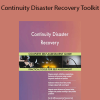
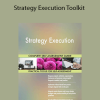

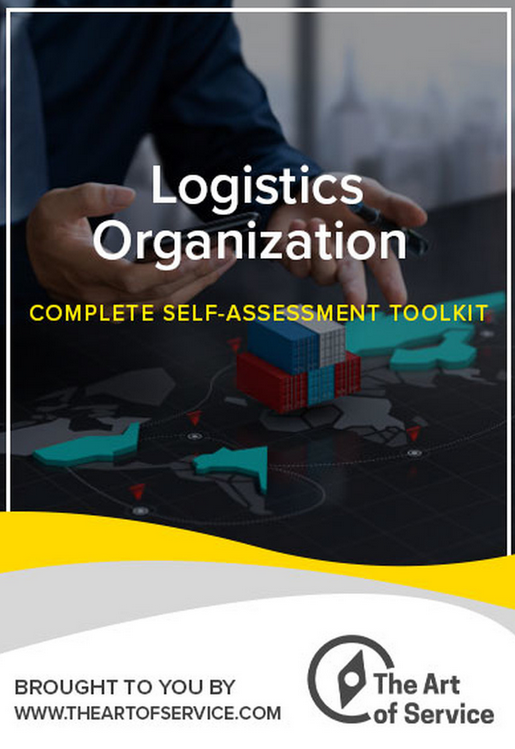
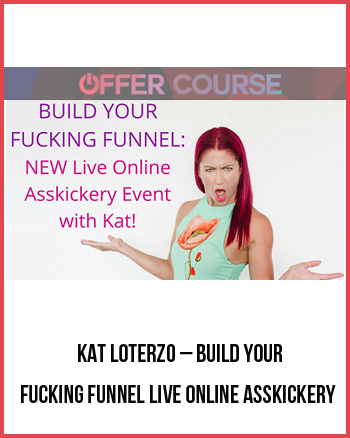
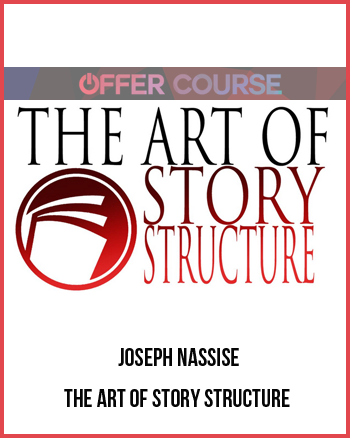
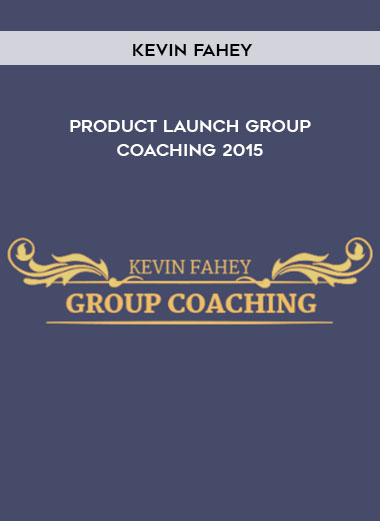





15 reviews for The Art of Service – Logistics Organization Toolkit
There are no reviews yet.